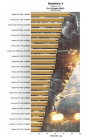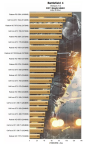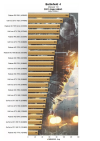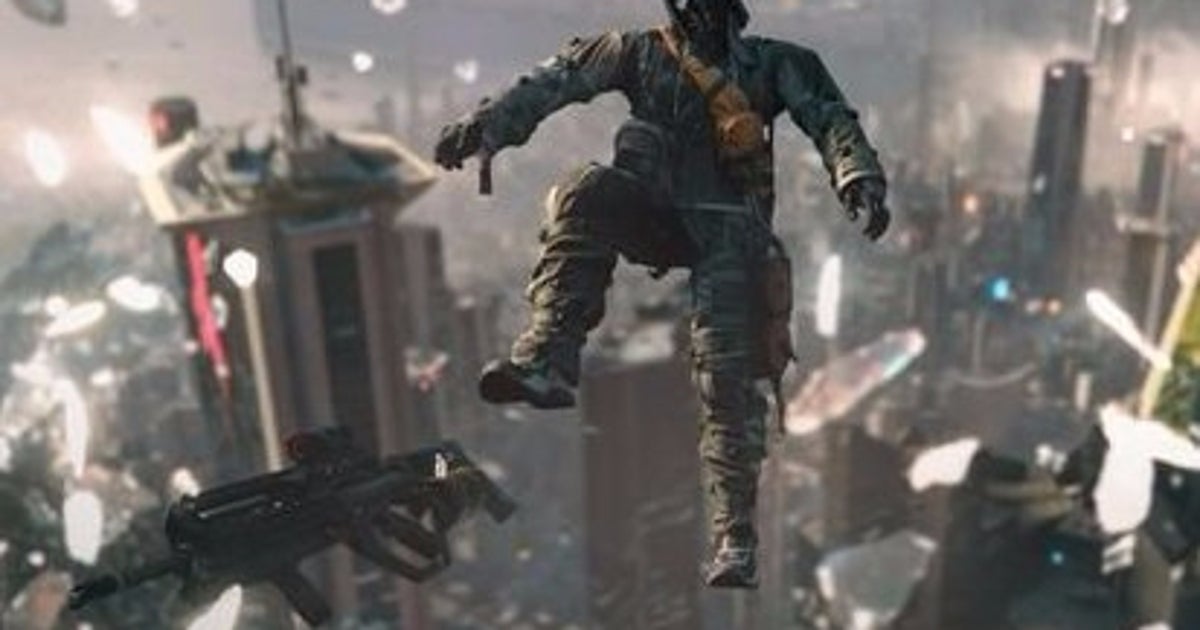...
These are not even remotely the same as what is being discussed and I don't think it's fair to make such comparisons. The devs are already using half-res effects and combining them with upscaling while upscaling from PS Vita/PS360 resolutions on consoles. You know these are not the same.
Define "runs fine" because your definition of fine is not universal accepted. The fact that a lot of people are complaining about this means it can't just be hand waved away. Go and read the youtube comments of benchmark videos of these games. Go and read other forums, the complaints are very loud and very clear.
I'm actually curious why you think it's an unfair comparison? Previously games rendered "opaque geometry" at native resolution from limited geometry that was optimized to have polygons cover many pixels, and then shadow maps would be generated at an independent resolution, effects/post-processing at reduced like 1/2 or 1/4. I don't really understand how varying the resolution of the "opaque geometry" is different, especially in the case where you increase the resolution of the shadow maps and the GI lighting and reflections.
Previously you'd optimize your LODs so a polygon would cover something like 16 pixels (I think?) and you'd limit the number of small triangles (smaller than 16 pixels) because they'd tank fragment generation. So you could have a native resolution of 4k, and you generate at least 1 fragment per pixel, but your geometry resolution is actually much lower if you're thinking of it in terms of pixel coverage. Curves can generate a ton of polygons so you get the issue of looking at wheels up close and being able to see the polygons on the edges. This is also why we get displacement maps, bump maps to fake geometry with limitations. The software rasterizer that Epic built, nanite, can outperform the hw rasterizer and generate fragments much faster for those small pixels, so you can actually increase your geometry resolution and have per-pixel polygons and get actual smooth curves. The geometry resolution also scales by distance so you get "perfect" level of detail without having to manage multiple LODs. I know it has performance considerations like overdraw, so putting leaves on trees, especially if they're transparent, have to be handled carefully, but that's true of any HW rasterizer, which is why trees were barren in games, or billboards, for so long. So nanite games likely have a smaller resolution of the depth, stencil, colour render targets etc, because of performance, but a higher geometry resolution per-pixel if you're looking at it from pixel coverage, if that makes sense. Also VSMs have much higher resolution than other "traditional" shadow maps.
There are just a lot of ways to look at this. You're going to have techniques like importance sampling that will vary the sample rate per-pixel to where they are most needed, and integration of samples over time. What does resolution mean if you're not talking about how many samples were taken per pixel? Like you could make a path tracer and cast one ray per pixel and limit to one bounce per intersection at 4k, or you could cast 4 rays per pixel and limit to 4 bounces per intersection at 1080p. Which of those has higher fidelity? The 1080p one would. We tend to substitute resolution for fidelity, but it's not necessarily true. 4k is more like sharpness or clarity, but not fidelity in the true sense.
Everybody has different priorities of what they want.
Some absolute psychos (30 fps is good enough

) would order them:
1) pixel fidelity (ray-trace me daddy)
2) sharpness/clarity (will DLSS)
3) performance (I only take ray-tracing screenshots for forums)
4090 owners that love 4k benchmarks would order them:
1) sharpness/clarity (4k or bust)
2) pixel fidelity (ultra/epic is the only setting that matters when I screenshot my fps counter)
3) performance (It had better be higher than 60 or the devs will learn my name)
Me, being an absolute god-tier gamer, would probably order them:
1) performance (240Hz or bust)
2) performance (120Hz or bust)
3) performance (Oh god ... please run at 90 fps)
4) sharpness/clarity (turn settings low so I can see the child-gamers I'm head-shotting in fps games or fortnite, DLSS always)
5) pixel fidelity (turn up the graphics unless I'm at a disadvantage, until I'm almost gpu-limited but not quite unless the game supports reflex and then I'll barely hit the gpu-limited range )
6) it's a Remedy game so pixel fidelity is actually #1 or #2.
Conversely I can find really nice looking shots in most games, and definitely in the new ones. But ultimately I think the bias in these conversations is always going to swing towards people just picking whatever bad looking screenshots they can find and I don't really want to contribute to that internet cynical race to the bottom.






